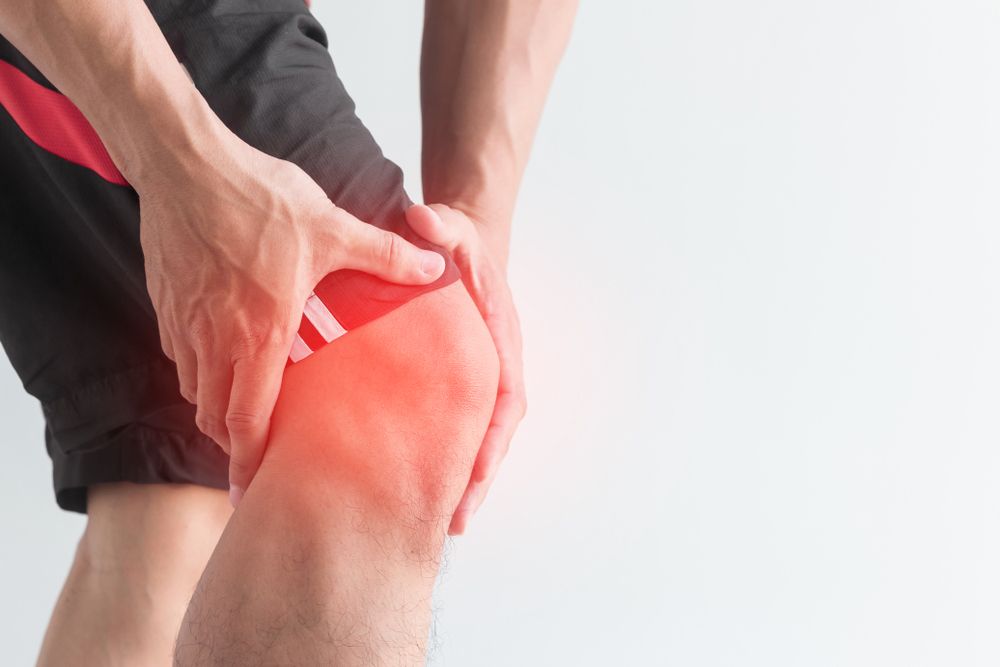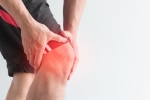
Knee
The biggest joint in your body is sort of like a Swiss Army knife. It helps you sit, stand, lift, walk, run, and jump. It also has lots of parts that can get injured: tendons, ligaments, cartilage, and bones that you can crack, tear, dislocate, and more.
Bones
Four bones meet to form your knee: your thighbone (femur), shinbone (tibia), the smaller bone that runs alongside it (fibula), and kneecap (patella). Any of them could crack (fracture) or break. Or a small piece might break off. You may also dislocate or move one of these bones out of place, especially your kneecap.
Ligaments
These tough, fibrous, stretchy cords connect one bone to another. They also help strengthen and bind joints together. They allow movement in some directions but prevent it in others. The knee has two main types. Collateral ligaments control sideways motion and keep your knee from moving in the wrong way. Cruciate ligaments are inside the joint and help it move forward and backward.
Tendons
These thick, fibrous cords connect muscle to the bone so you can move your limbs. Your quadriceps tendon links your kneecap to the muscles on top of your thigh. Your patellar tendon continues down the leg and ties your knee to your shin.
Meniscus
When the doctor says you’ve torn cartilage in your knee, it’s most likely these two triangle-shaped pieces. They work as shock absorbers between your thighbone and your shinbone, two of the biggest bones in your body. That’s why they’re more rubbery than other cartilage you have, including the rest of what’s in your knee.
Articular Cartilage
This slippery stuff covers the ends of your thigh and shinbones. It even lines the back of your kneecap. That ensures all those parts slide smoothly across each other as you bend, lift, and straighten your legs. Injury, inflammation, infection, and diseases like arthritis can damage this cartilage and cause pain and swelling in your knee.
Cruciate Ligament Tear
This usually happens in the anterior cruciate ligament, or ACL, which runs crosswise in the middle of your knee. You can tear it with a sudden jump or change of direction, often in high-intensity sports like skiing, football, basketball, or tennis. You might hear a pop when it happens and notice pain and swelling. It can also damage other parts of the knee like tendons, bones, or other ligaments.
Meniscus Tear
This common knee injury often happens along with others, like a torn ACL. Contact sports make it more likely, as when you squat and twist in a football tackle, but it can happen to anyone. As you get older, the cartilage wears away, and you can tear it when you do something as simple as getting up from a chair. Along with pain and swelling, you might feel a pop as it tears and a catch when you try to move it.
Tendon Tear
It’s more likely to happen if you’re middle-aged and take part in sports in which you run or jump. An awkward landing, fall, or direct hit to the knee makes it more likely. You might have pain, bruising, and even cramps. If the patellar tendon rips in two, your kneecap could drift up into your thigh. It normally takes a lot of force to tear a tendon, but age and conditions like inflammation, arthritis, lupus, and diabetes can weaken them, so they tear more easily.
If you are suffering from knee pain, please contact our office at (516) 419-4480 or (718) 215-1888 to arrange an appointment with our Pain Management Specialist, Dr. Jeffrey Chacko.















